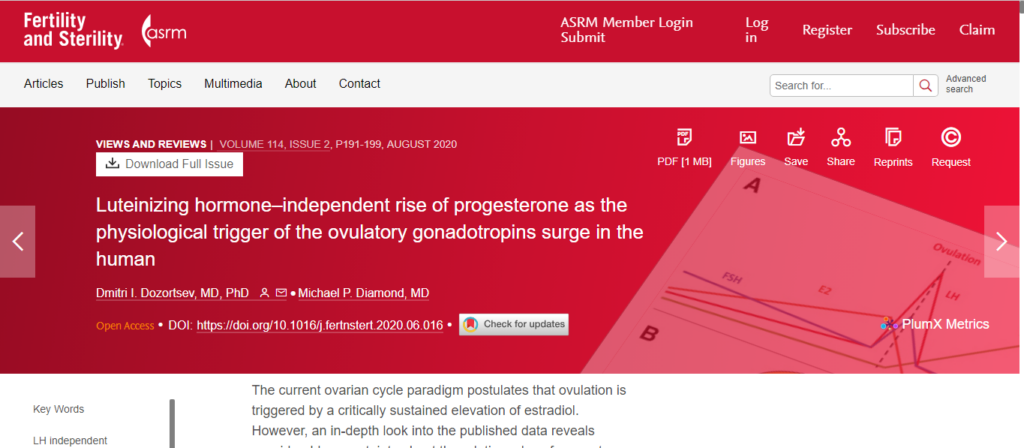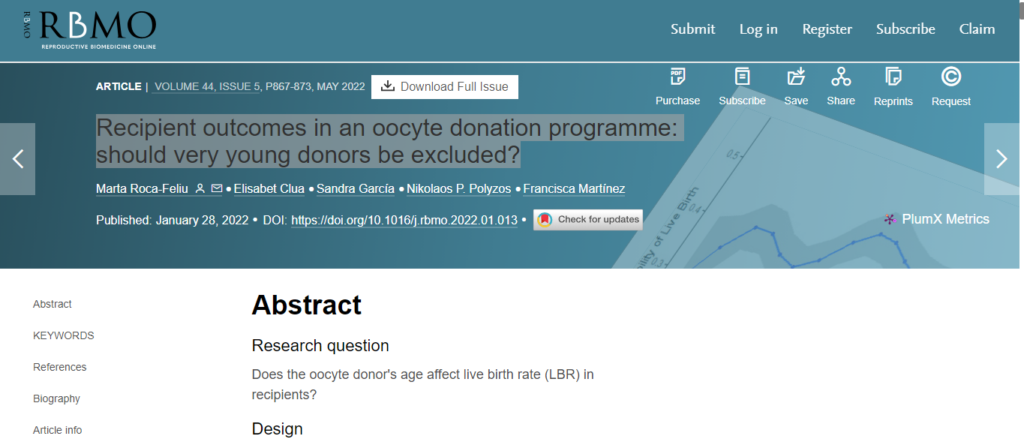What are Uterine Polyps?
Uterine polyps, also called endometrial polyps, are soft, non-cancerous growths that form within the lining of the uterus. While often small and asymptomatic, they can reduce your chances of getting pregnant, especially during fertility treatment.
These growths:
- Range from a few millimeters to several centimeters
- Can distort the endometrial cavity and interfere with embryo implantation
- They are commonly discovered during fertility evaluations, particularly after failed In Vitro Fertilization (IVF), Embryo Transfers (ET) or Intrauterine Insemination (IUI) Cycles.
Polyps are not the same as fibroids or cysts and require targeted evaluation during pre-treatment planning. While not always symptomatic, uterine polyps can cause irregular menstrual bleeding and interfere with your chances of getting pregnant. Many people confuse polyps with fibroids or cysts, but these are distinct conditions that can impact fertility in different ways.
Understanding the difference between a polyp and a fibroid is key. Polyps are usually soft and form inside the uterine lining, while fibroids are firmer, muscular growths that can grow inside or outside the uterus.
What causes uterine polyps?
The exact cause of uterine polyps is not always known, but estrogen appears to play a key role. Polyps often form when the uterine lining grows excessively due to hormonal stimulation.
You may be at higher risk if:
- You are in your 30s or 40s
- You are using fertility medications that increase estrogen
- You have irregular cycles or unexplained treatment failures
While polyps can resemble fibroids or cysts on imaging, a detailed evaluation is necessary to identify them correctly.
Who is affected by uterine polyps?
Symptoms That May Indicate Uterine Polyps
Many fertility patients have no clear symptoms. However, if you are actively pursuing treatment and experience any of the following, polyps may be a factor:
- Irregular or heavy menstrual bleeding
- Spotting between cycles
- Bleeding after embryo transfer
- Thin or inconsistent uterine lining on ultrasound
- Multiple failed embryo transfers or early chemical pregnancies
Why Polyps Matter in Fertility Treatmen
Even small polyps can:
- Disrupt the structure of the uterine lining
- Interfere with embryo attachment
- Trigger inflammation or bleeding that affects implantation
- Be missed if imaging isn’t timed correctly
Whether you are preparing for a frozen embryo transfer (FET), intrauterine insemination (IUI), or in vitro fertilization (IVF), the condition of your uterine lining plays a critical role in fertility success.
How We Diagnose Uterine Polyps at AFCT
At AFCT, we use advanced, fertility-focused diagnostics to evaluate the uterine lining before treatment. Your provider may recommend one or more of the following:
- Transvaginal ultrasound during your cycle’s optimal window
- Hysteroscopy to directly visualize and remove polyps
These tests are timed to assess the uterine cavity before embryo transfer or ovulation induction.
Polyp Removal Before IVF or IUI
If a uterine polyp is found, we typically recommend hysteroscopic removal before proceeding with:
- Frozen embryo transfer (FET)
- Intrauterine insemination (IUI)
- Egg retrieval (TVA)
This is a minimally invasive, outpatient procedure performed at our Houston–Memorial City or The Woodlands–Spring locations. Most patients recover quickly and can resume treatment.
Who We Help
This service is designed for fertility patients only. Our focus is on helping patients achieve pregnancy through fertility treatment.
You may benefit from a polyp evaluation if you are:
- Undergoing IVF, IUI, or egg freezing
- Preparing for an embryo transfer
- Experiencing abnormal bleeding or failed implantation during fertility cycles
- Referred by a fertility doctor for uterine cavity evaluation
Your Next Step: Optimize Your Fertility Cycle
Uterine polyps may be the hidden reason behind your failed treatment cycles. The good news is they’re often easy to treat, and removal through hysteroscopy can make a significant difference in your next outcome.
We serve patients across Texas from three convenient locations:
- Houston – Memorial City
- The Woodlands – Spring
- Bryan – College Station
Uterine Fibroids
Uterine polyps are more likely to develop in women who are between 40 and 50 years old than in younger women. Uterine polyps can occur after menopause and rarely occur in women under 20 years old. Your chances of developing uterine polyps may increase if you are overweight or obese, have high blood pressure (hypertension), or are taking tamoxifen, a drug that is used to treat breast cancer.
In women who have symptoms, the most common symptoms of uterine fibroids include:
· Heavy menstrual bleeding
· Prolonged menstrual periods: seven days or more of menstrual bleeding
· Pelvic pressure or pain
· Frequent urination
· Difficulty emptying your bladder
· Constipation
· Backache or leg pains
Fibroid location, size, and number influence signs and symptoms.
Submucosal fibroids
Submucosal fibroids
Submucosal fibroids
Don’t Lose Hope, Take the Next Step
Ready to Get Answers?
If you’re actively trying to conceive and suspect uterine polyps may be impacting your results, we are here to help.
Schedule a consultation with one of our board-certified reproductive endocrinologists at Advanced Fertility Center of Texas. Let us help you move forward with clarity, confidence, and a better chance of a successful pregnancy.



